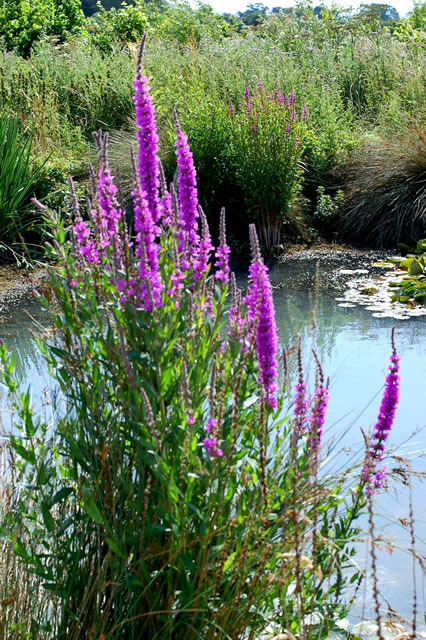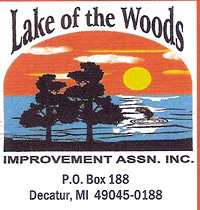Archives
July 2023
Categories |
Back to Blog
December 12th, 201512/12/2015  Purple Loosestrife- Pretty but Problematic Exotic species affecting lakes have been the focus of our Tip of the Month newsletters each August. This "Tip" highlights that pretty, purple invader of lakeshores and wetlands - purple loosestrife. What does it look like? Purple loosestrife (Lythrum salicaria) is easy to spot when in bloom. The bright magenta flowers form a long stalk at the top of the plant and bloom from July to September. The plants can grow from 2-6 feet tall with many branches at the top and a square stem. The leaves are long and narrow with pointed tips, smooth edges and heart-shaped bases usually arranged opposite on the stem but can be in whorls of three. This species grows in moist to saturated soils along shorelines, wetlands, ditches and floodplains in partial to full sun. How did it get here? Purple loosestrife is native to Eurasia, extending as far north as southern Sweden and Finland and south to the Mediterranean basin in North Africa (Michigan Sea Grant). The plant was likely introduced to the northeastern U.S. in the 1800s when sediments containing purple loosestrife seeds were used in ships' ballasts. Upon arrival to the U.S. eastern seaboard, these sediments were deposited in ports to make room for cargo. The species then migrated inland along rivers, canals and ditches. Purple loosestrife was also used for ornamental and medicinal purposes. What are the management options? Purple loosestrife management typically falls into three categories: mechanical, chemical and biological. All methods require vigilant, multi-year efforts.
Article from Kaiser & Associates, LLC (http://www.kieser-associates.com/)
1 Comment
Read More
Jane Heinrich rich
12/13/2015 11:42:11 am
Well it sure is beautiful!!
Reply
Leave a Reply. |
 RSS Feed
RSS Feed
